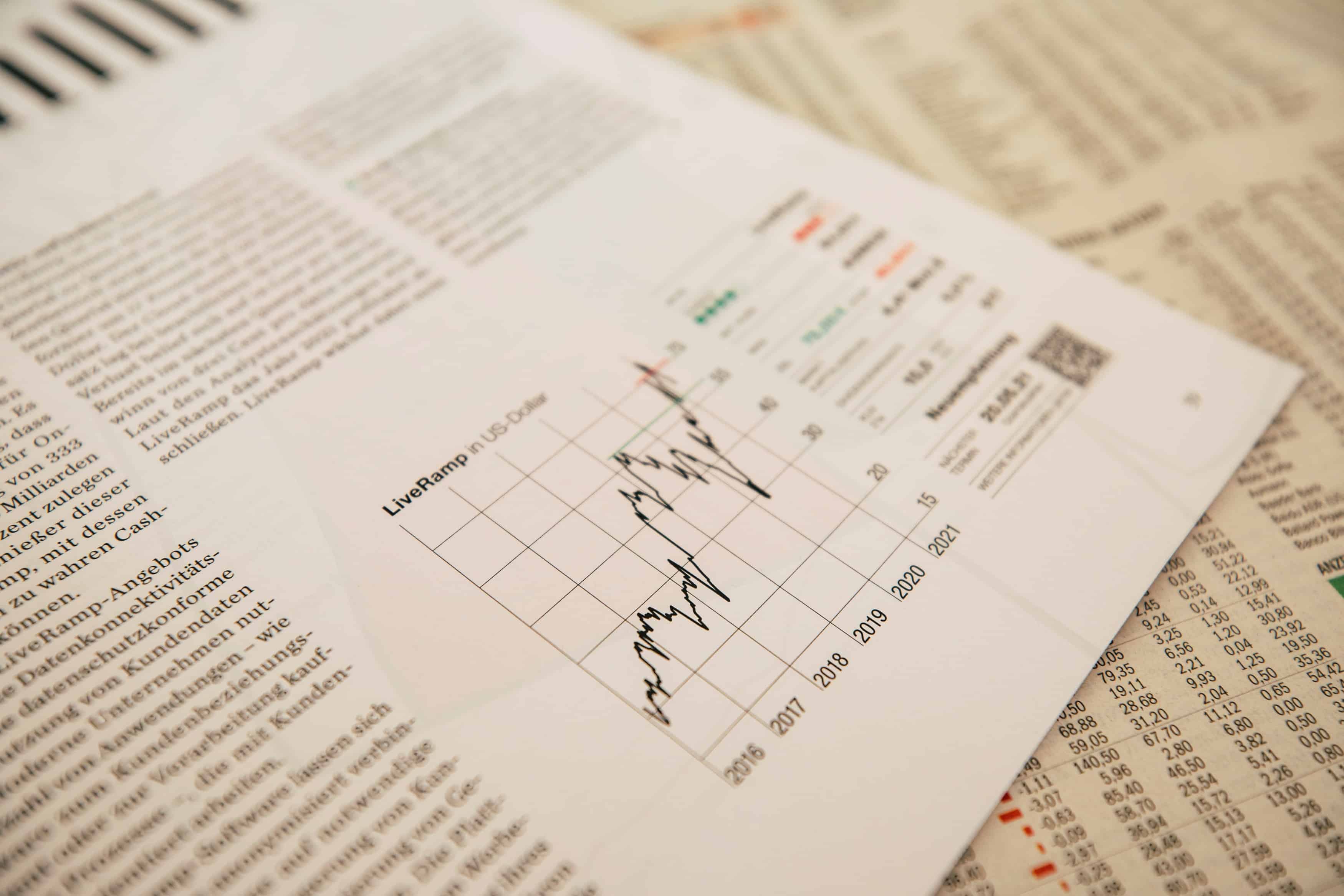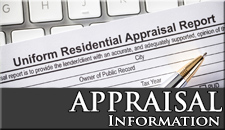LTV – Loan to Value
Loan to value is simply a ratio between your loan and the value of your home. These two elements create the equation LTV = Loan Amt / Home Value. Loan amt is considered to be a fixed variable as you can dictate the loan amount you choose. Home values is a variable that will fluctuate over time. Ex. You borrow $80,000 for a home worth $100,000. Your LTV is LTV = 80000/100000 = .80 Typically, LTVs lower than .80 (80%) allow for the removal of PMI. Lenders have different requirements so its important to speak to them for the specifics. Ultimately the more you pay down your loan OR the higher the value your home goes will lower your LTV rate. If this house you purchased for $100,000 is now worth $120,000, then your LTV is LTV = 80000/120000 = .67(67%). This is also assuming you didnt pay down the loan over that time so in actuality, the LTV would be lower depending on that timeline. Why this is important is because if you are on the line of qualifying for PMI removal or being eligible for refinance, its important to keep your options open. The best way to do this is pay down your mortgage the best you can. This gives you options in the future if you have a hardship and need to refinance. If the market is down or interest rates have climbed, you've enabled yourself to be in a situation where you can avoid problems. Here are some suggestions for increasing home values.
Interest Rates and Your Home Value
Do interest rates have an impact on your home value? While the answer to this question is often debatable, lets consider the buyer's situation. Assuming a place where you could borrow interest-free and had the ability to make a monthly payment of $1,000 a month. Since there is no interest, this buyer can afford a mortgage where his monthly payment is $1,000. Lets remove tax, PMI*, insurance since these are add-ons to a mortgage regardless of your interest rate. With a 30 year fixed rate at at 0%, this buyer could afford a home worth $375,000 (excluding the above add-ons). With a 30 year fixed rate at at 2%, this buyer could afford a home worth $275,000 (excluding the above add-ons). With a 30 year fixed rate at at 4%, this buyer could afford a home worth $225,000 (excluding the above add-ons). With a 30 year fixed rate at at 8%, this buyer could afford a home worth $135,000 (excluding the above add-ons). *These rates were as recent as 10 years ago. Try some scenarios with a mortgage calculator. As you can see, rates have a direct impact on a buyers affordability. In relation to US history, we currently have historically low interest rates. Will these rates climb over time? Some argue that the US economy is simply not strong enough to undertake rate hikes whether they be steep or gradual moves over time. This isn't to speculate interest rates in the future but to consider your situation as you buy a home at a time of low interest rates. Inflation has a role in money over time. This inflation that we have seen over time may often be misconstrued as home values appreciating, when in realty homes are adjusting to inflation. That's not to say that homes do not appreciate. Demand… Continue Reading
Equity, PMIs and LTVs
First lets define the word "equity" which is really just the shorten form of "home equity". Home equity is essentially the amount of ownership that is in a property. Basically its what the property is worth in the current market value minus the mortgage value. Its virtually rare to get 100% financing, but for this example lets say you purchased a home for $200,000 and took out a mortgage for $200,000, your home equity would effectively be $0.00 or 0%. This is why its imperative to get a great deal on a home. Any property bought below current market value is instant equity. There are many things to consider. Its clear that as you pay down your mortgage, your home equity will increase. This inverse relationship would be simple enough but you are also impacted by the market. This could go both ways and the market is affected by several factors. Whatever the reason may be, the market is never stagnant. That being said, your property value and or home equity are never stagnant. It may change nominally over the years or may not. LTV or Loan to value is an acronym you want to be familiar with. If you are looking to have PMI (private mortgage insurance) removed, the banks traditionally want to see a LTV lower than 80% or so (see your lender for details). This is a less risky loan for the lender to hold which would be the considering factor to remove the PMI. So if you bought that home for $200,000 and borrowed $200,000, mathematically, this ration would have to be less than 80%. either your home appreciates to be worth more than $250,000 and you still owe $200,000 (200,000/250,000 = 80%) or your house is worth $200,000 but the note is paid down to… Continue Reading








